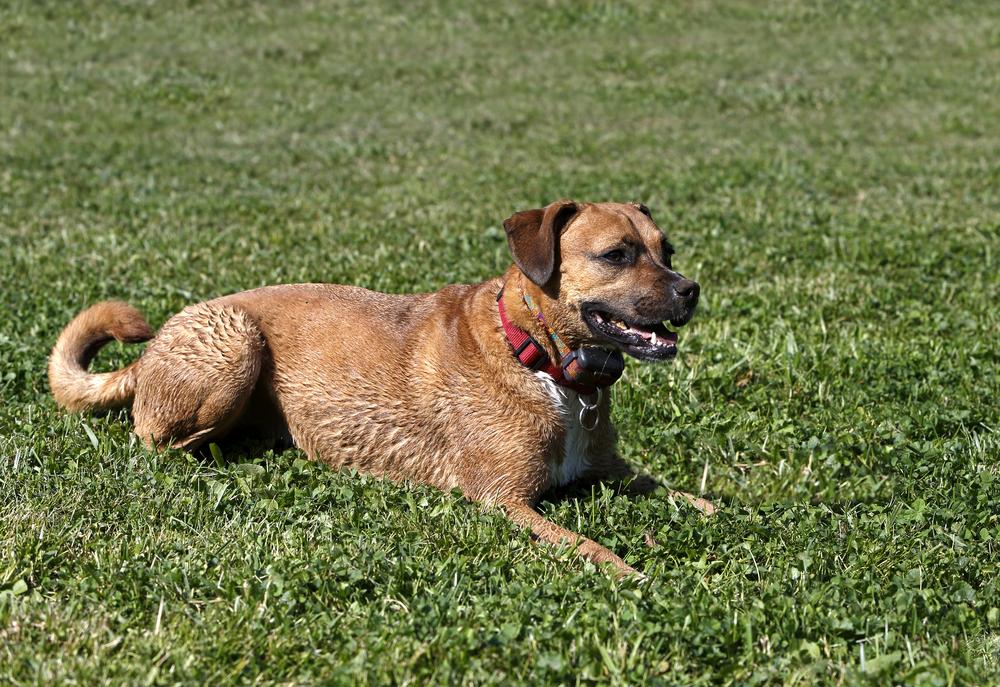
Tips for Managing Diabetes in Cats and Dogs
Due to the increased prevalence of diabetes in cats and dogs, pet owners require being more watchful and informed about the disease, its causal factors, symptoms, prevention, and more. In the following, a brief overview of diabetes in cats and dogs and some effective management options has been given.
Can pets have diabetes?
- Yes, cats and dogs can develop diabetes. It is more common in older pets but can also affect younger and pregnant pets.
- It occurs either when their body does not produce enough insulin or when their bodies don’t allow them to use insulin properly.
- Pets can suffer from both the type-1 and type-2 diabetes just like humans.
- Diabetes cannot be cured but you can help your pet lead a happy and a healthy life by using a pet diabetes product, such as glucose weight management cat or dog food.
What secondary health problems can diabetic pets develop?
Dogs and cats who have diabetes have a high risk of developing the following health problems:
- Cataracts
- Nerve deterioration
- Blindness
- Kidney disease
- Gangrene
- Coma
- Bladder infections
- Paralysis
What causes diabetes in pets?
- Obesity: Obesity is one major reason due to which pets become diabetic. You can prevent obesity by using glucose weight management pet food.
- Genetics: Certain breeds like Beagles, Australian Terriers, Burmese, and Samoyeds are at higher risk of developing diabetes.
- Medications: Certain steroids can also induce diabetes in cats and dogs.
- Medical conditions: Underlying medical conditions like adrenal disease and pituitary disease make pets more susceptible to developing diabetes.
What are the symptoms of diabetes in pets?
- Increased appetite: As the glucose and amino acids do not reach the cells or they aren’t used appropriately because of diabetes, the animal experiences an increase in appetite.
- Increased thirst and urination: These two symptoms are the hallmarks of diabetes in pets and can be the sign of several other health conditions as well. Therefore, don’t forget to take your dog or cat for an immediate checkup after you notice these symptoms.
- Weight loss: Despite the increase in appetite, your diabetic pet can experience weight loss. This is because diabetes prevents effective use of the energy obtained by the body from the food.
- Vision problems: Vision problem is a primary symptom of diabetes in dogs and sometimes cats develop diabetic cataracts as well.
- Weakness in rear limbs: This is a cat-only symptom, which can be reversed by controlling diabetes.
- Inactivity: Diabetic cats and dogs lack the energy and desire to run, play, and walk. They keep sleeping most of the time.
- UTI: Urinary tract infections are also a symptom of diabetes in cats and dogs. The more the sugar in the urine, the greater is the likelihood that bacteria will grow in your pet’s bladder.
What are some tips on managing diabetes in pets?
Just like humans, diabetes in pets also needs to be closely managed and here are some tips for the same:
Cats
- Give your cat a high-protein and low carbohydrate diet.
- Daily exercise is strongly recommended, so develop a fitness regimen for your cat with the help of a veterinarian. Make sure you indulge your cat in playful activities for some time every day.
- Give your cat diabetic products, such as glucose weight management cat food.
Dogs
- A high-fiber diet is highly recommended.
- As daily exercise is extremely important, you should plan an everyday workout plan for your dog with the help of a veterinarian. Daily activity should be in accordance with the factors, including age, overall health, and weight of your dog.
- You can look for diabetes management products for dogs as well.


